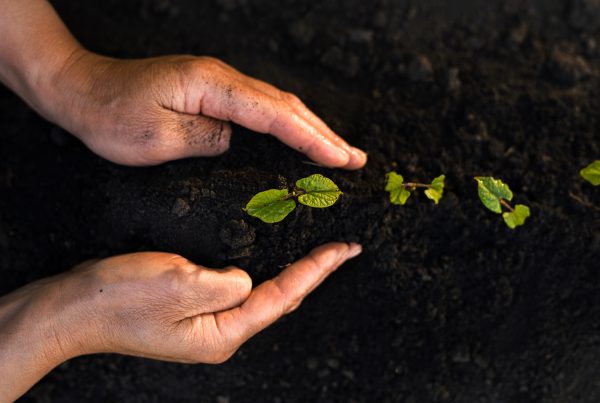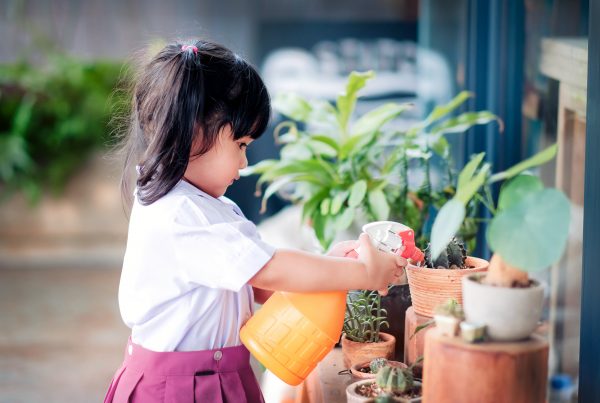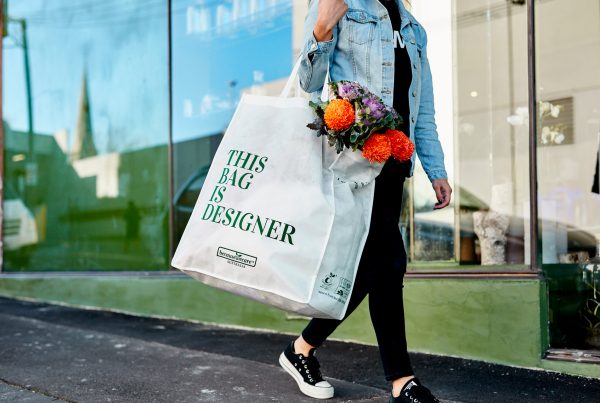This month, we’re supporting the Plastic Free July mission to avoid single-use items. To do this, we’re shining a light on compostable product labelling and, through greater awareness, ensuring bioplastics don’t get discarded with general waste.
As we know, knowledge is power. And a general lack of understanding about compostable items is causing plant-based products to end up in landfills.
Better public education about identifying, using, and disposing of bioplastics can go a long way toward ingraining a plastic-free way of living. While this goal has many parts, it starts with getting more precise with the labelling displayed on customer-facing products and packaging.
Eco-aware businesses can lead the way by implementing easy-to-understand markings on plant-based packaging, recyclables, and compostable items, along with instructions on how to dispose of them safely.
What is certified compostable?
A product should only be called ‘compostable’ if it can break down harmlessly and has been certified by the relevant international associations. All biodegradable and compostable bioplastics worldwide must comply with stringent regulatory tests to verify the item can degrade in a composting environment.
How to identify compostable plastic
When it comes to product packaging, it can be tricky for consumers to know which items are safe to send to the compost pile with their household organics. This confusion leads to plastic products and other non-compostable items ending up in the composting bin and vice versa.
For this very reason, global governing bodies have created certification standards and logos to help identify and distinguish items that are safe to send back to the earth.
In Europe, the certification standard is EN 13432. This number appears on products that are verified to decompose without leaving any harmful residue behind. The Australian standard AS4736-2006 is the strictest certification in the world. It demands products have a minimum of 90% biodegradation within 180 days in a composting environment.
Likewise, any products certified by the AS5810 (2010) standard are recognised by the Australasian Bioplastics Association for how well they decompose and are safe to go into the home compost.
Where to put compostable products
Easily identifiable labels and logos help direct customers to dispose of their items in the proper place. For instance, compostable items should not be put into the recycling or general waste bin. Labels like the Seedling Logo, the Home Compost logo, and the recycling triangle help determine where to send items after use.
The Seedling Logo
In Australia and New Zealand, the Australasian Bioplastics Association (ABA) launched the Seedling Logo to differentiate packaging materials as biodegradable and compostable clearly. Suppose a product is marked with Australia’s AS4736 seedling logo or a comparative European compostability logo. In that case, it assures the end-user that the product can be composted in either a home or industrial facility.
Home Composting Logo
Manufacturers and businesses can use the Home Compostable verification logo to indicate that the product is compliment with AS 5810-2010. This logo means independent laboratories recognise it as safe for a home composting environment. (We’re proud to say Because We Care was one of the first companies to meet these requirements and carry the Home Composting Logo.)
Recycle Logo
The universally recognisable symbol for recycling is the three arrows in a triangle. Representing the mantra of ‘Reduce’, ‘Reuse’, and ‘Recycle’, the logo is already well-known and effectively reduces the amount of waste going to landfills.
How can businesses drive change?
Pleasingly, many companies now use bioplastics, reused cardboard, and compostable packaging in their supply chain operations. The next step is to make it easy for customers to dispose of the packaging items correctly. Businesses can help this process by printing certification logos on products that are safe for the home or industrial compost and signposting items that can be reused or recycled.
In this way, businesses can support their customers to refuse single-use plastics and find compostable alternatives through better product labelling.
Education on how to dispose of compostable items
Proper labelling goes together with education about the correct way to dispose of green items. Businesses that use compostable items should prioritise providing simple instructions on what to do with the product, packet, or carry bag after the customer has finished using it. Customers who do not have a composting solution at home may choose to use council-provided public organics bins or align with a neighbour who has a compost solution.
Plastic Free July presents an ideal opportunity for business owners to pause, assess current labelling processes, and ask what else they could be doing to make it easier for customers. Remember, the first step is easily identifying packaging that can be reused, recycled, or composted. The next step is to provide disposal information for customers to follow.
We invite you to join the movement to reduce plastic pollution this July.




